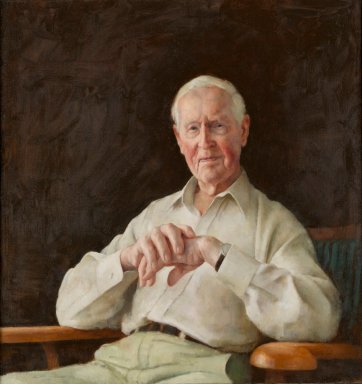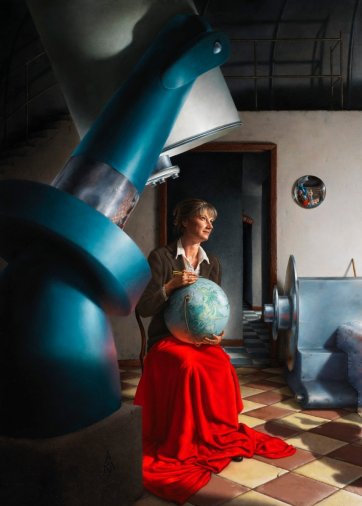Eminent doctors and scientists have for more than a century consistently caused our nation to punch far above her weight. The National Portrait Gallery owns sixty-three portraits of men and women in the parent fields of health and medicine, and seventy-seven portraits of men and women in the parent fields of science and technology, exactly 133 in all (because five subjects may justly be listed under both: Joseph Paul Gaimard, Sir Joseph Hooker, T. H. Huxley, René Primevère Lesson and Mandyam Srinivasan).
Nowadays the distinction between science and medical science is largely redundant, for medical researchers have far more in common with scientists conducting research in the laboratory than with clinicians in the many sub-branches of medicine and surgery. In both cases we have a daunting array of easily defined specialist fields, including radiology, microbiology, immunology, otolaryngology, neuroscience, virology, pathology, oncology, ophthalmology, obstetrics and gynecology, psychiatry and psychology, physiology, pharmacology, paediatrics, radiotherapy, surgery, maxillofacial surgery, dentistry, general practice, nursing, et cetera.
Science and technology, meanwhile, encompass natural history and environmental science, botany, ecology, oceanography, hydrography, engineering (with sub-branches, i.e. civil, mining, electrical, radio), chemistry, zoology, geology, physics, entomology, astronomy, metallurgy, mathematics, statistics, ornithology, herpetology, et cetera. Some fields belong squarely to both science and medicine. The “et cetera” in each case reflects the astonishing development of each into new areas of, for example, stem-cell research, which have the potential to alter or even transform all—indeed have already done so in several cases. We are dealing with an extraordinarily fluid set of disciplines, never more so than at present.
The larger point, however, is that the National Portrait Gallery owns portraits of individuals who represent every one of these, spread across a wide historical arc, and often more than one in each area of specialisation. Taken as a whole, our portraits of doctors and scientists may evade glamour, or occasionally duck under the hurdle of widespread fame, but quite obviously as a group they constitute one of the most brilliant of our national adornments. We are right to be proud of them.


















